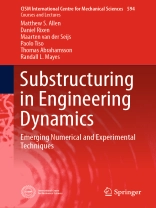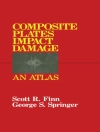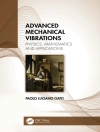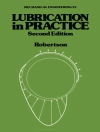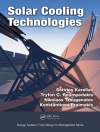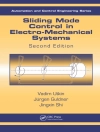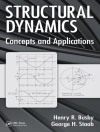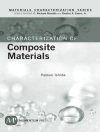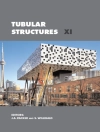This book reviews the most common state-of-the art methods for substructuring and model reduction and presents a framework that encompasses most method, highlighting their similarities and differences. For example, popular methods such as Component Mode Synthesis, Hurty/Craig-Bampton, and the Rubin methods, which are popular within finite element software, are reviewed. Similarly, experimental-to-analytical substructuring methods such as impedance/frequency response based substructuring, modal substructuring and the transmission simulator method are presented. The overarching mathematical concepts are reviewed, as well as practical details needed to implement the methods. Various examples are presented to elucidate the methods, ranging from academic examples such as spring-mass systems, which serve to clarify the concepts, to real industrial case studies involving automotive and aerospace structures. The wealth of examples presented reveal both the potential and limitations of the methods.
Table of Content
Introduction and motivation.- Preliminaries: primal and dual assembly of dynamic models.- Model reduction concepts and subsctructuring approaches for linear systems.- Experimental substructuring.- Industrial applications related concepts.- Model reduction concepts and substructuring approaches for non-linear systems.- Weakly nonlinear systems: modeling and experimental methods.- References
